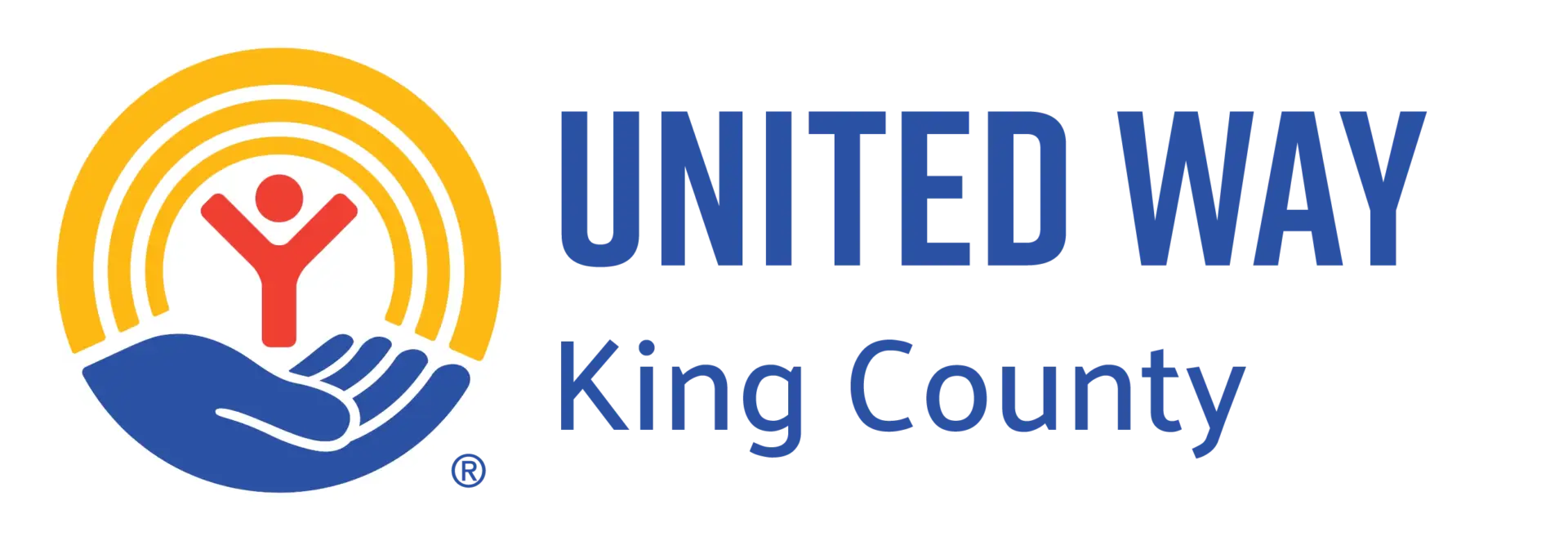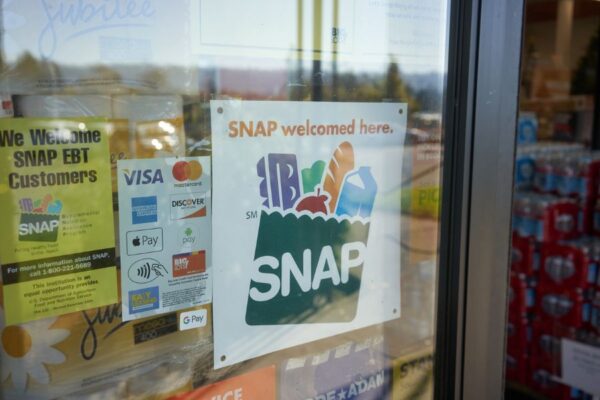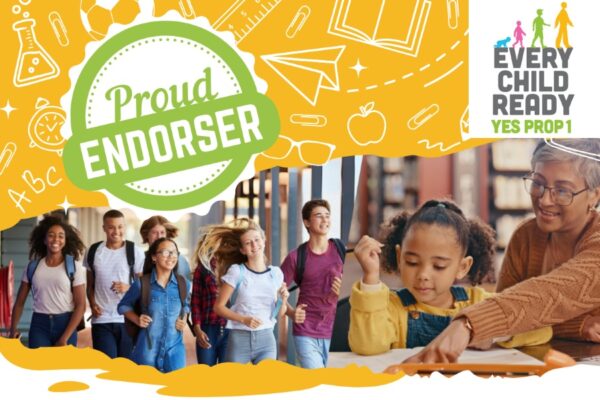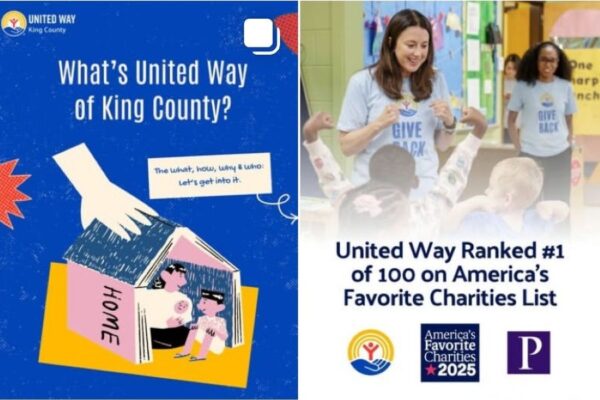SNAP is at Risk. Contact Your Lawmaker TODAY.
This post was written by Elsa Young, Food Security Impact Manager at United Way of King County.
SNAP is at Risk. Here’s Why That Should Worry Every Washingtonian.
With the so-called “One Big Beautiful Bill” moving quickly through Congress, the food assistance program relied on by 1.2 million Washingtonians is in danger. The Supplemental Nutrition Assistance Program (SNAP) is facing the most significant proposed cuts in its history, with consequences that will ripple through every community in our state.
Why SNAP Matters
A Lifeline for Families
SNAP is a crucial support system for those struggling to put food on the table. Of the 1.2 million Washingtonians who benefit from the program, 34% are children under the age of 18, and 52% are people of color. The average monthly SNAP benefit in Washington is $322 – a significant portion of a family’s grocery budget. Cutting SNAP means children going to bed hungry and parents having to make impossible decisions between paying rent, seeking medical care, and buying groceries.
A Driver of Economic Activity
Aside from being a critical piece of the social safety net, SNAP is an economic engine. Every $1 in SNAP benefits generates $1.54 in economic activity. In 2024 alone, Washingtonians spent over $2 billion in SNAP benefits, supporting local grocery stores across the state. In rural communities, SNAP transactions can account for up to 50% of all grocery sales.
SNAP supports livelihoods, too. Nearly 200,000 grocery jobs nationwide are tied to SNAP, along with 45,000 jobs in adjacent industries like agriculture and transportation. Gutting the program won’t just take food off the table – it will take away jobs as well.
Increasing Access to School Meals
In addition to feeding children at home, SNAP is a major driver of eligibility for free meals at school. Student enrollment in SNAP is one of the key criteria for schools to qualify for the Community Eligibility Provision (CEP), which allows high-poverty schools to serve free meals to all students.
Over 1,300 schools in Washington currently implement CEP, benefiting 603,000 students. But if SNAP eligibility is restricted and schools lose the ability to offer free meals, the health and academic success of students across the state will be at risk.
Taking Pressure Off Food Banks
Washington’s food bank network is already stretched thin. In 2024, food banks served 1 in 4 Washingtonians with over 13 million visits, a 70% increase since 2021. Food banks are clear: donations and funding are not keeping up with demand. If SNAP is cut, even more families will turn to food banks, which simply cannot absorb the increased need.
Take Action
If passed, this bill could strip SNAP benefits from 212,500 Washingtonians, including 48,500 children, and push an additional $130 million in costs onto our state budget.
Our communities, our schools, and our economy cannot afford these cuts. Contact your House representative today and tell them: Vote NO on the budget reconciliation bill.





Comments